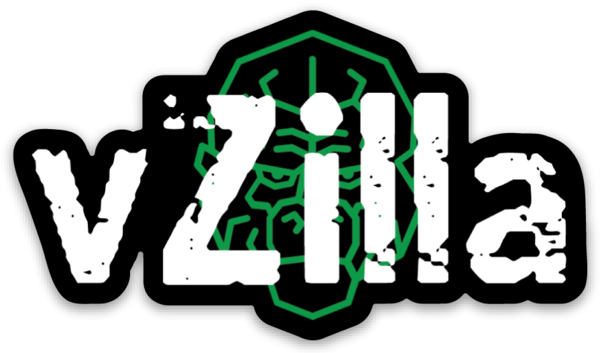VMware on AWS was a huge announcement at VMworld this year, this week at AWS Re:invent has seen a host of new announcements around this service including the ability to leverage AWS services over an Elastic Network Interface to the VMware Cloud on AWS. I don’t think this was unexpected.

Before we get started with VMware Cloud on AWS there are a couple of things you’ll need, firstly the account structure would require an “VMware Cloud SDDC account” this is purely there to run those software defined data centre resources, this is owned and operated completely by VMware.
There is then also a requirement to have an “AWS customer owned account” this is owned and operated directly by the customer this will give the full access to the native AWS services.
A good thing?
Why is VMware cloud on AWS a good thing? Take the architecture shown below, this is the same as what you will see on many different on-premises VMware estates today.
Putting this into AWS however, brings all of the benefits of a VMware estate but takes away all of the baseline hardware configuration. The service is also going to make sure you have the latest version of software or features such as the VCSA, ESXi, NSX, vSAN etc.
This will also allow you to dynamically add to your capacity in the form of compute (DRS/HA), storage (vSAN) or networking (NSX) to meet the demands of your business. All of this with the possibility to have connectivity to your on-premises environment.

Speaking of networking, this to me has been one of the points holding things back when it comes to the adoption of public cloud especially with hyperscalers. That large investment to have an expensive direct connect link or express route type or a complicated VPN connection between multiple sites to extend your on-premises infrastructure just seems a bit of a pain! Until now!
While this offering doesn’t take those options away it does provide an option to simplify your networking. If you are planning on staying on-premises for the foreseeable then that’s fine you still have the option of VPN and Direct Connect but you now also have the option to connect via L2VPN-NSX to VMware Cloud on AWS and then from the VMware Cloud SDDC you have the ability to use VPC and/or VPN connectivity into those native AWS services.

During the session in which all of these announcements were made, VMware’s Ben Meadowcroft touched on a particular use case regarding Disaster Recovery.
This is where my post is going to go in a different direction, as this is something Veeam can help with today with the ability to not only replicate but also offer a level of backup to these workloads regardless of where they reside. More to follow on this in series I have coming.

I discussed the Veeam options back at VMworld in September when the initial VMware on AWS announcement was made https://vzilla.co.uk/vzilla-blog/vmware-aws-will-look-veeam-perspective.
It was also interesting to hear about the Oracle RAC cluster migration to VMware Cloud on AWS and the ability to then leverage something like Amazon RedShift for data warehousing. I am going to look into this use case further and dedicate a whole post to it in the future. But the ability to migrate or to leverage the analytics power that comes with Amazon Web Services is very interesting.
Elastic Beanstalk is another interesting piece for any Database service.
The final section was covering a use case for secure web and content management but part of that use case asked the question “if we move that data to this new world then how can we protect it?”.
It was great that the guys also mentioned Veeam as an application data protection use case, using the Amazon EFS (Elastic File System) as well as leveraging NetApp AltaVault and Veeam to go directly down to Amazon S3.


I am going to be keeping my eye on the publicly available AWS re:INVENT sessions on YouTube and already have a few lined up to continue a bit of a series on them and share my thoughts on a range of exciting announcements.
If you want to catch the session I cover in this post then you will find it here.
